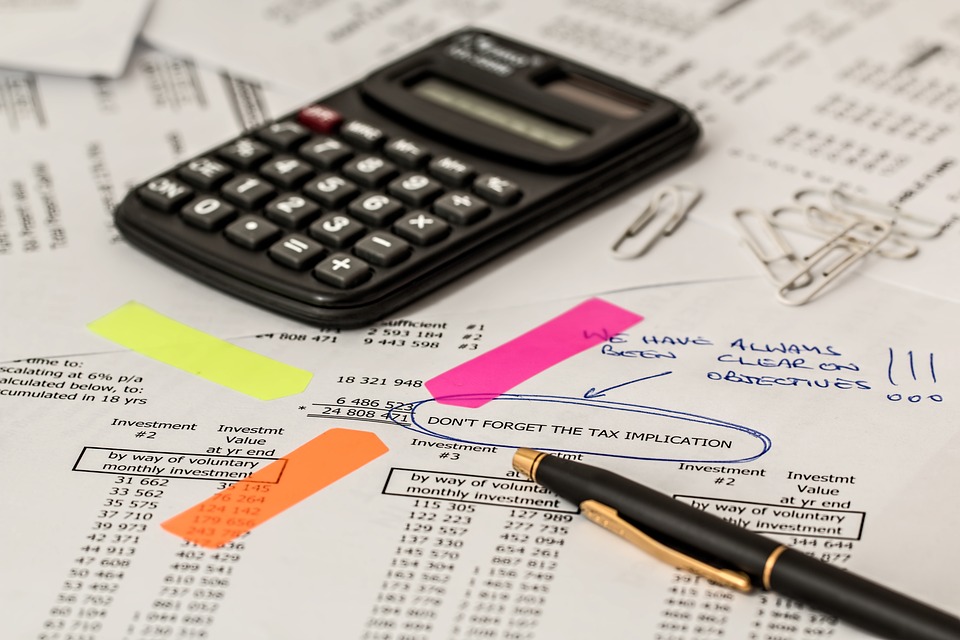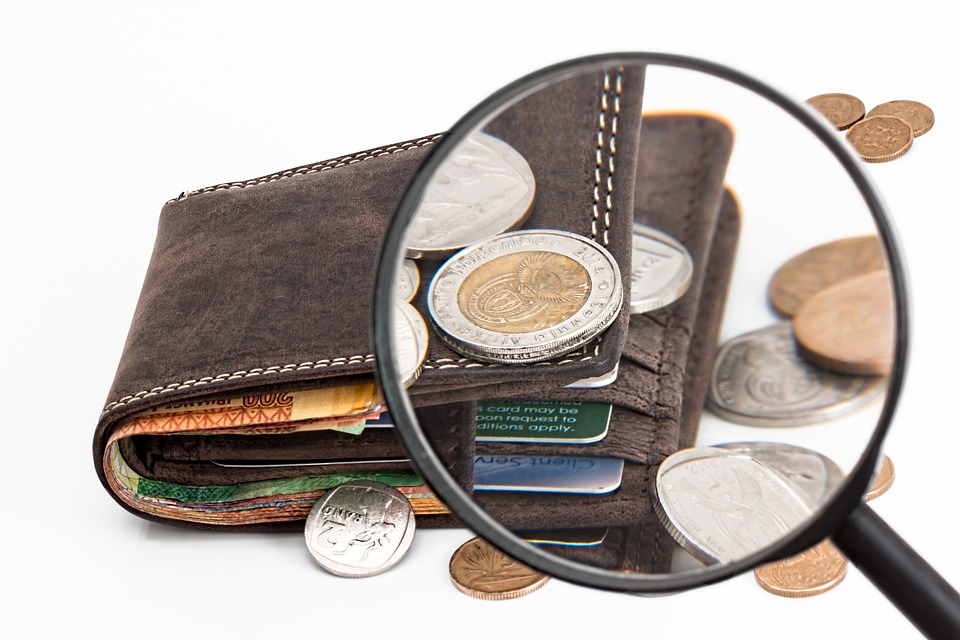
Why a car is a tool? An interesting perspective
Recently CNBC published an article which described the data finding of the federal reserve bank of New York. One of the most interesting data points from the findings was seven million Americans are at least 3 months behind on their car loans and the average car loan was about $31,000.
This is startling, and yet unsurprising when you consider the widely accepted idea that if we can afford the payments, we can afford to make a purchase. When you commit to getting out of debt or are apprehensive about acquiring some, it is important to self-reflect on what you need from a vehicle.
A Car is a Tool
If we shift our thinking and consider a car a tool as opposed to an accessory, we can begin to make more rational decisions when purchasing a vehicle. In reality, the purpose of a car is to transport you safely from one point to another.
Whether it’s because of elite celebrity endorsements, emotional storytelling, or the thrilling promise of becoming a badass when you get into that car, marketing companies do an amazing job, (hello ethos, pathos, logos) targeting consumers and making us feel like we need the latest vehicle.
By shifting our thinking to function vs. social status we can make the best choice for ourselves. After all, you are the one who is going to make the seemingly endless payments each month.
CAR Value Drop
This may or may not come as a surprise, but it is estimated that cars immediately lose 10% of their value when you drive them off the car lot. Did you hear that? Your $50,000 is now only worth $45,000 in less than 1 mile! According to CarFax “the value of a new vehicle can drop by more than 20 percent after the first 12 months of ownership,” and continues to drop by 10% each year.
20 /4/ 10
This rule is pretty well known and a mostly conservative approach to buying a car when you do not have the cash to pay upfront. From Interest.com:
- Make a down payment of at least 20%.
- Finance a car for no more than four years.
- And not let your total monthly vehicle expense, including principal, interest, and insurance, exceed 10% of your gross income
A More Frugal Proposition
While the 20/4/10 Rule sets some boundaries around car buying and offers a more conservative approach, our family has vowed not to take on another car loan. Fortunately, we have two cars in pretty good shape, and an emergency fund in the unfortunate instance we would need another vehicle. This is a privilege, and we know that not every family is in the same position yet, but if possible we would advise our friends and family to pay for their next vehicle with cash.
We see the value of buying a used car with cash vs. buying a new car with a loan because of the freedom it would allow us monthly; not to mention the money it would save on interest.




















